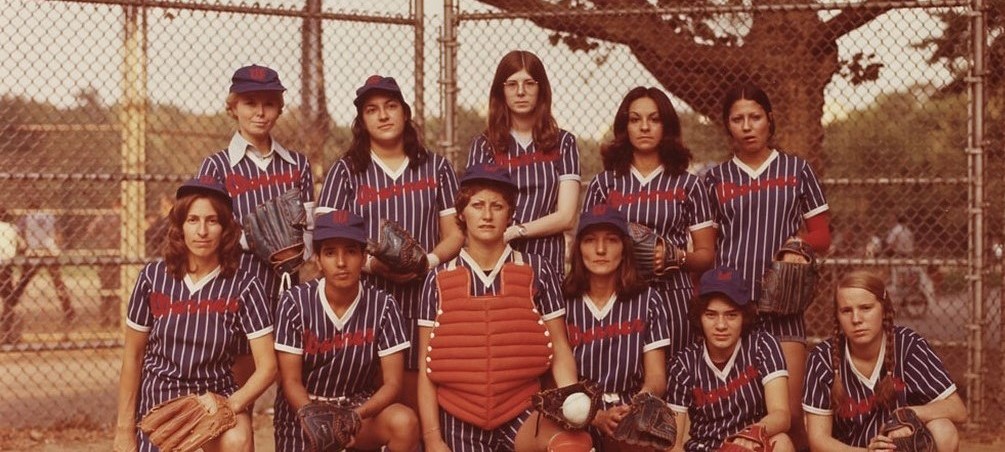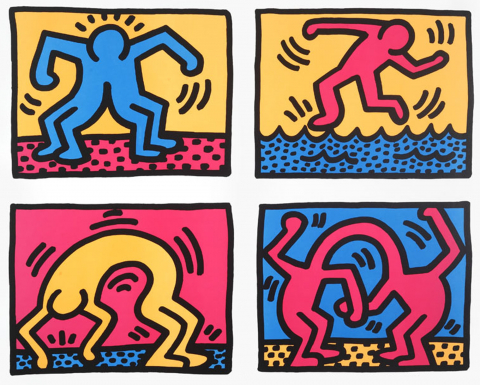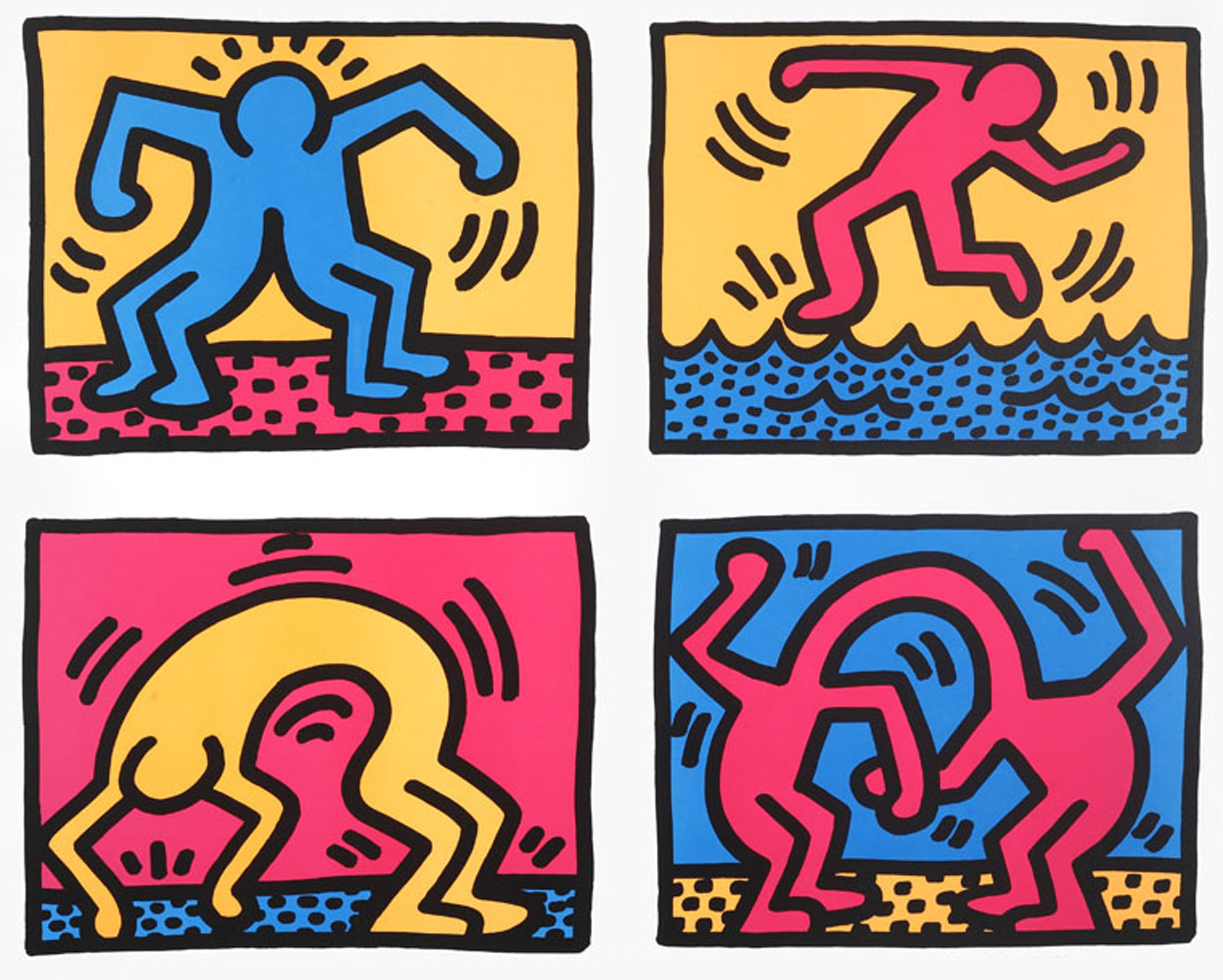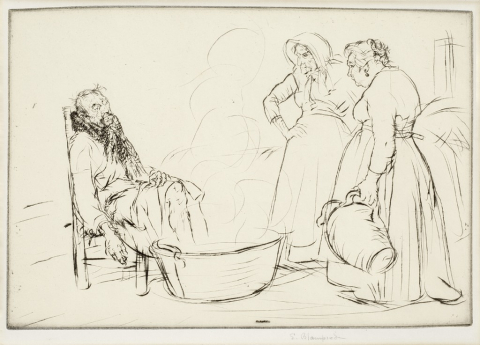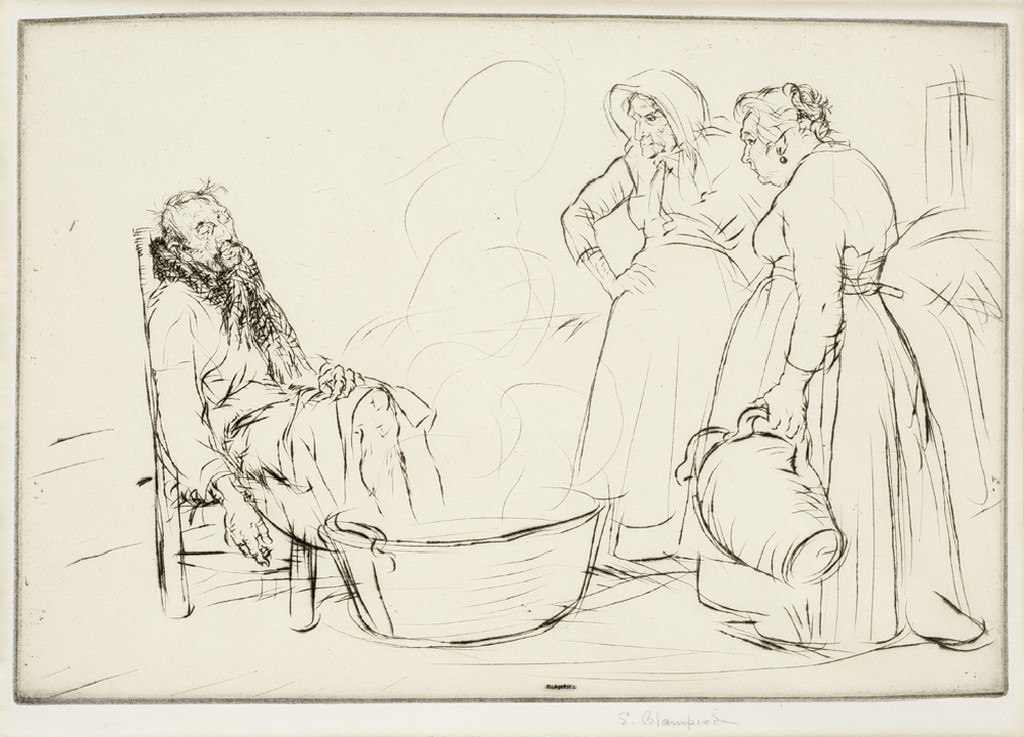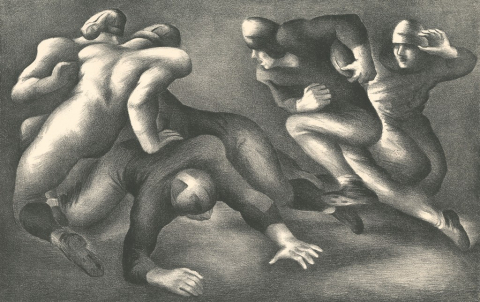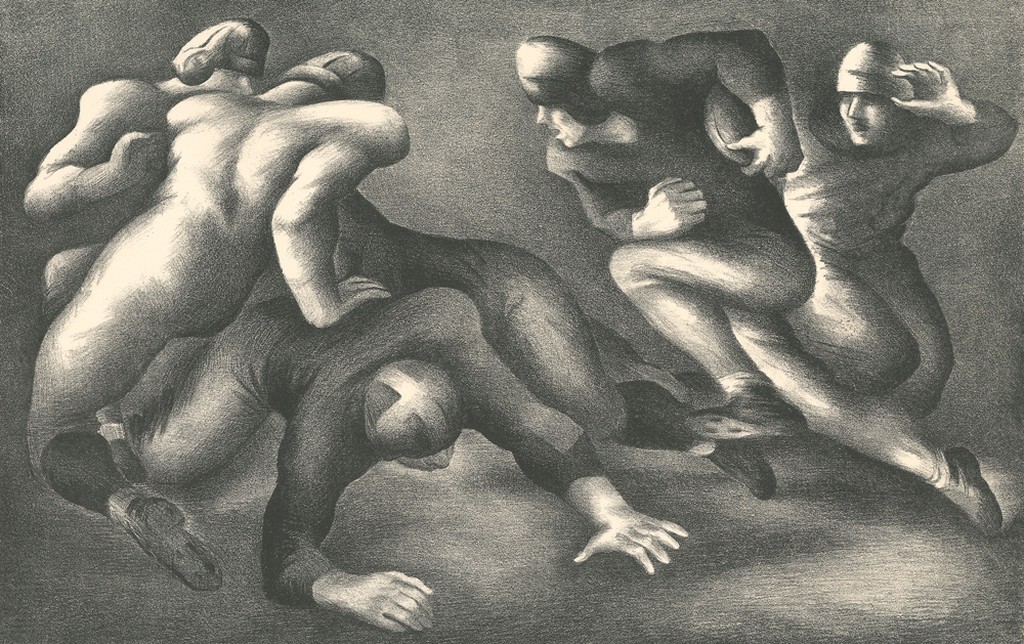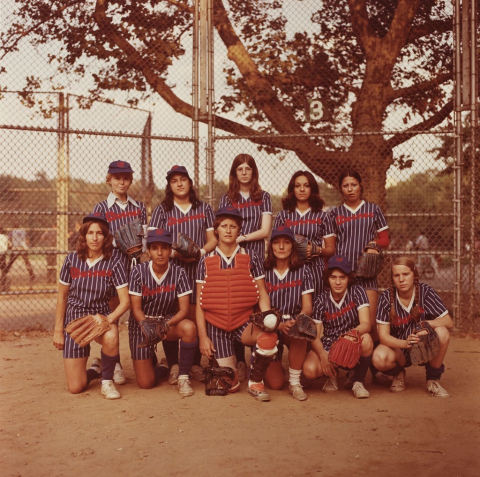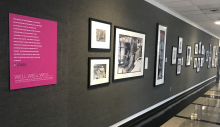This exhibition also on view in The Gallery at Rauch Business Center.
Wellness is often described as a dynamic relationship between mind, body, and spirit. In the era of COVID-19, we are also confronting additional layers of social and biological entanglement that contribute to our collective sense of health and safety. Picturing “wellness” takes on many forms, and often exists in tension changing bodies: growing, confronting illness, or adapting to change. This exhibition salutes Lehigh University’s new College of Health, and asks the question, what might it look like to be well?
Join us for a wide range of public programs that engage topics of health and well-being through art, including lectures, tours, and hands-on art-making workshops.
Portraits of the Brain Exhibition
In conjunction with this exhibition we are proud to work with the Brain VIsualization project and the exhibition Portraits of the Brain This exhbiition is an exploration of the intersection of art and neuroscience at Lehigh University and the culmination of a Brain Visualization project funded by the Lehigh University’s Humanities Lab. The goal of the project - to visualize scientific concepts as medical illustrations for textbook application - was accomplished by Lehigh students, Sarrah Hussain and Viola Yu under the supervision of Professors Deirdre Murphy (Art, Architecture, and Design) and Jennifer Swann (Biological Sciences). Join this innovative all-women team as they explore the intersection of art and neuroscience and share their experiences. In addition to Hussain and Yu’s artwork we are thrilled to include Philadelphia based professional artists: Rebecca Kaman, Caroline Lathan-Stiefel and Shelley Thortensen. Each of these artists has a background in art and science, and art education. The artists also acted as Visiting Artists during the summer program.

